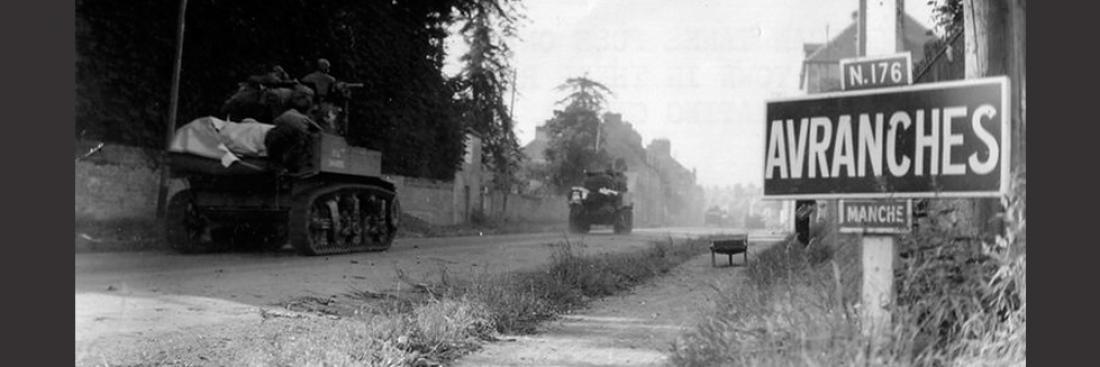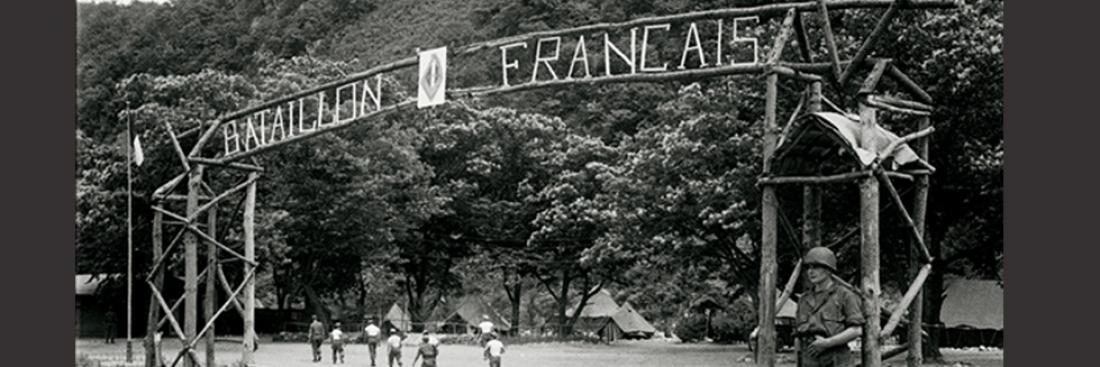Juin - août 1944. La bataille de Normandie

Après avoir réuni les cinq plages et constitué une solide base de départ de 80 km de long, en bordure de la Manche, les Alliés passaient à la réalisation de leur plan. Pendant que les Britanniques faisaient pression en direction de Caen et attiraient les divisions blindées allemandes autour de la capitale bas-normande, les Américains s'élançaient de Utah vers Barneville afin d'isoler la péninsule du Cotentin. À la suite de la capture du grand port continental de Cherbourg (fin juin), ils tentaient de percer les lignes de défense allemandes vers le sud pendant qu'à l'autre extrémité du front, les Britanniques s'efforçaient de dégager Caen.




